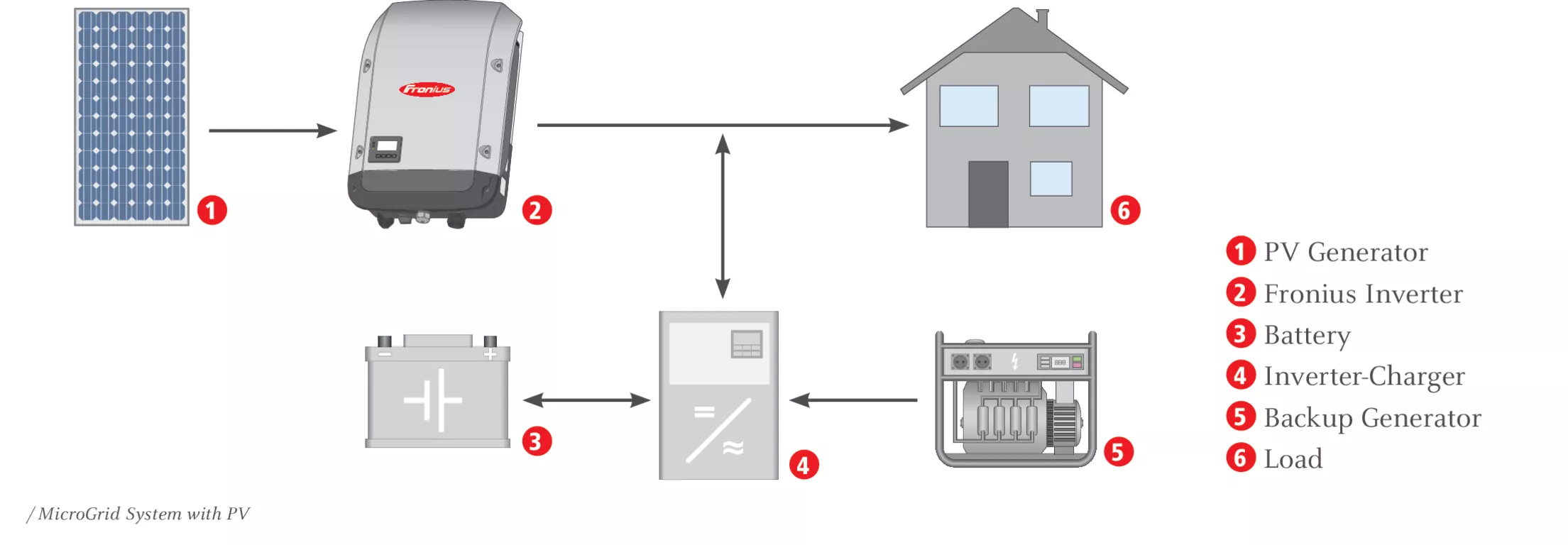

Serving as models for modernizing America’s electrical system in the most intelligent manner possible, Community Microgrid demonstration projects will help realize the Clean Coalition’s vision: From 2025 onward, at least 25% of all electricity generated from newly added generation capacity in the United States will be from local renewable energy sources. Traditional microgrids focus on single customers: Source: Oncor Electric Delivery CompanyĬommunity Microgrids cover an entire distribution substation grid area and serve thousands of customers: Source: Oncor Electric Delivery Company Requires tedious work to implement at each individual location. Provides limited backup power to only a single location or customer.Įnables easy replication and scaling across any distribution grid area. Provides indefinite backup power to prioritized loads that are critical to an entire community. Maximizes benefits for a single customer and does little for the grid. Lowers costs by identifying optimal DER locations, deploying DER more broadly, and providing scalability. Usually installed behind the meter (on the owner’s property) Usually installed in front of the meter (on the side of the electric grid). Spans an entire substation grid area, benefitting thousands of customers.Ĭovers a single customer location or a small number of adjacent locations. They provide numerous benefits to those communities, and to the electric grid - and they differ in many respects from traditional microgrids: Feature See more on our Community Microgrid and Solar Microgrid work here.Ĭommunity Microgrids compared to traditional microgridsĬommunity Microgrids, as their name implies, serve entire communities. Many of these Solar Microgrids are in the Goleta Load Pocket in the Santa Barbara region of Southern California, such as the Solar Microgrids we are staging for the Santa Barbara Unified School District (SBUSD). To achieve our Community Microgrid vision, the Clean Coalition is designing and staging numerous Solar Microgrids at critical community facilities, which will be ready to connect to larger Community Microgrids when they are available. RCAM will provide lessons that can inform future Community Microgrid projects, such as a potential microgrid tariff. RCAM, the first front-of-meter (FOM), multi-customer microgrid in Northern California, is staging to be the leading Community Microgrid showcase in California - and potentially the country. The Redwood Coast Airport Microgrid (RCAM), being staged in Northern California in partnership with Pacific Gas & Electric (PG&E), provides an example of the what can be done with utility cooperation. We have the technology to widely deploy Community Microgrids, but we need to advance policies and market mechanisms to unleash this untapped market.ĭeploying a true Community Microgrid requires utility cooperation, which has been slow to come.


 0 kommentar(er)
0 kommentar(er)
